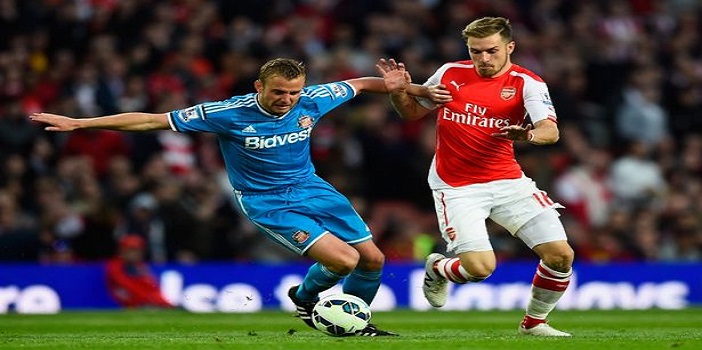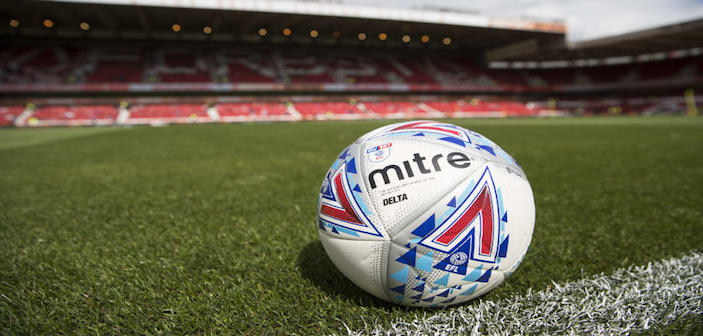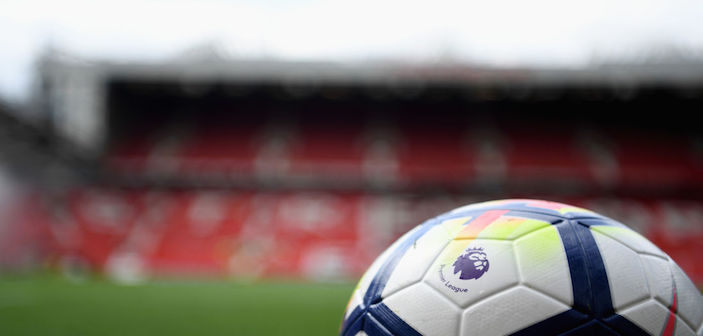DOES a tightly priced match mean you should back the draw? Will Dyer (@w2Dyer) has crunched the numbers.
WLB Analysis | When Should You Back The Draw?
I’ve been wondering for some time whether using the bookmaker’s odds can actually help me identify draws. If we assume that when bookies price up a game as particularly close, for example; the favourite is 6/4 (2.50) or higher and the underdog is rated between 6/4 and 2/1 (3.0) that this means the game is likely to be tight then maybe backing draws in games priced like this can be a profitable strategy.
This theory affects 10-15% of games in a season. I’ve done the number crunching in a couple of leagues over the last three seasons to see whether this theory has any legs. The games I am looking at must have both teams priced between 2.5 and 3.0 to qualify for a ‘bet’ on the draw.
Ligue 1
Ligue 1 is famous for its low scoring nature and that has meant that 0-0 and 1-1 results, and therefore draws, are far more frequent. I have chosen to look at the last three seasons because this is quite a stat-heavy investigation and also because they should be the most relevant to the near future.
- 2014/15 – 13/56 qualifying games finished as draws. A strike rate of 23.2% giving a level stakes profit (LSP) of -15.3. The actual draw percentage for that season was also 23%. With pretty much identical strike rates this means that your LSP in blindly backing the draw in all 380 games would be the same as using the theory for the 56 qualifying games.
- 2013/14 – 12/52 qualifying games finished as a draw. A strike rate of 23.1% giving an LSP of -14.6. The actual draw percentage for that season was 28%. The theory would have been very poor this year with a decent draw percentage in general but not within the tightest games according to the betting.
- 2012/13 – 15/49 qualifying games finished all square. A decent strike rate of 30.1% giving an LSP of -2.57. The actual draw percentage was 28%. You would have lost less money using this strategy than just blindly backing draws in every game in this season.
Premier League
The Premier League doesn’t really have any kind of exceptional figures or reputation for draws and with a ‘Big 6’ these days you’d be inclined to think that a draw strategy could be pretty costly when applied to the Premier League. Let’s investigate:
- 2014/15 – 16/47 qualifying games finished as draws. A strike rate of 34% giving an LSP of +5.6. The actual draw percentage for that season was just 24%. This means the theory excelled and would have been far more profitable than blindly backing draws in every game.
- 2013/14 – 14/37 qualifying games finished as draws. A healthy strike rate of 38% and an LSP of +9.58. The actual draw percentage for this season was a meagre 21%. Once again the theory stands up incredibly well.
- 2012/13 – 19/42 qualifying games finished as a draw. Giving us a mammoth strike rate of 45.2% and an LSP of +21.02. A quite incredible season for the theory. Three successive seasons of strong profit is almost unheard of with most betting strategies.
Lessons
There are 380 games per season in the Premier League and Ligue 1 yet the bookies consider far less of those games to be tight encounters in the Premier League compared to Ligue 1. For example, just 37 games of 380 in the 2013/14 Premier League season had the favourite priced at 6/4 or higher.
The theory applied to 13.8% of games over the three years in Ligue 1 whereas it only applied to 11.1% of games over the last three seasons in the Premier League.
We can see that the bookmakers are very good at predicting tight games in the Premier League but not at all good at it in Ligue 1; the draw strike rate for the theory is actually below that of the normal draw percentage in France.
The games that they think will be the tightest, i.e. matches when both teams start at a similar price, in this research between 6/4 and 2/1, are frequently not that tight at all. In fact what we can learn from this is that the majority of draws in Ligue 1 come from matches that are expected to be simpler for the favourite.
The system shows a strike rate of just 25.5% over the last three seasons in Ligue 1. Ligue 1 had a draw percentage of 26.3% over the last three seasons. Therefore this means that, in the period of 2012-15 in Ligue 1, 74.5% of draws have come from games with a favourite priced at less than 6/4 and we can tell that looking in the more unpredictable places for draws is far more profitable and is actually where more draws come from, in this division.
The absolute reverse is true in the Premier League though where the strategy actually works really well. Less games qualify for the theory in the Premier League than they do in Ligue 1 and I think we can put that down to false favouritism. The big teams in England often get backed in to shorter prices even when recent form dictates that the match will be tricky.
The Premier League is becoming more and more competitive in my opinion whereas it looks like France is actually becoming less competitive. Only 21% of games in the 2013/14 season of the Barclays Premier League finished as a draw, so it’s quite remarkable that the theory should get a strike rate of 45% and achieve a tidy profit.
Potential Strategies
I would say the best things we can learn from this research is not to trust bookies judgement of tight games in Ligue 1 but in the Premier League they are usually pretty spot on and the prices and weak favouritism should be a part of your thinking before placing a bet on the match odds market.
An increase in the number of draws you select in the Premier League in these tight games could be a good change in your betting approach whilst backing draws in fixtures with stronger favourites can actually be quite successful in Ligue 1.
TOPICS Debrief & Analysis Insights Stats & Insights








